Home »
Misc »
How to tryout for overseas basketball team
How to tryout for overseas basketball team
How To Get An Overseas Basketball Tryout TODAY
You Want An Overseas Basketball Tryout…
Playing basketball overseas will only become a more and more highly-desired job as more information is shared about the industry (you can stay tuned to me for that) and more players have the ability to share more about their experiences through social media, YouTube and the like.
Desiring a job doesn’t mean that you’ll actually get one, though. You have to cut through the fat, so to speak, and get yourself seen.
While the ideal process for getting hired to a professional basketball job is that a team comes directly to you with a contract offer — which you sign and then go start playing — it doesn’t always happen so smoothly.
Sometimes you’ll have to “work for food,” and get signed via a tryout with an overseas basketball club.
Tryout (noun): a test of the potential of someone or something, especially in the context of entertainment or sports.![]()
If you’re reading this, you probably know what a tryout is — most sports teams at every level have them every season.
College teams call them “walk-on tryouts,” held for the wanna-be players who were not recruited and are not on scholarship.
In baseball, it’s Spring Training — and the players who don’t make Opening Day rosters usually end up in the minor leagues.
In the NBA and G-League, it’s called “Training Camp,” and more players get invited to training camps than actually end up on the opening night rosters.
Simply stayed, a tryout is your chance to show what you can do on the court in front of the powers-that-be. They then make a decision about whether to offer you a roster spot or not.
How quickly “they” (coach, management, ownership etc) make a decision is 100% at their discretion.
I’ve seen players get one-day tryouts, week- and even month-long “trial” periods during which players like you join the prospective overseas team and do everything they do: practices, games and all.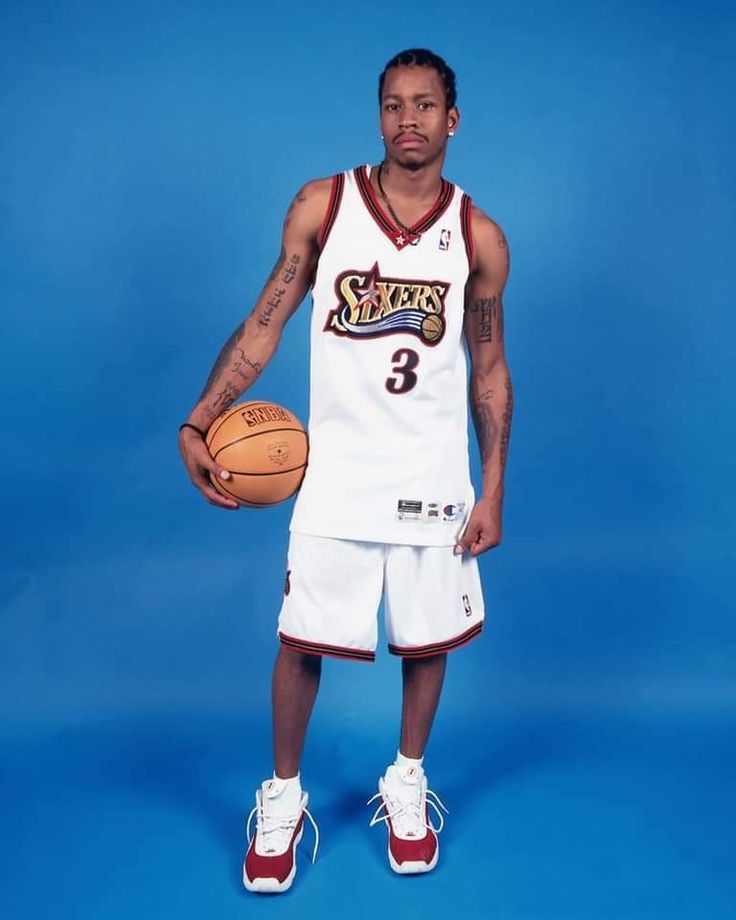
This article’s purpose is to share with you four specific methods that any player can use to get an overseas basketball tryout.
(DISCLAIMER: Getting a tryout still requires you to perform and earn your roster spot — consult HoopHandbook if you need help with skill development.)
1) Show Up Where They Are
In short: be in the country or town where your desired team is based, contact the team directly, and offer to show up on your own volition (and your own dime) to prove yourself as a worthy player for that team.
This is the overseas basketball version of (literally) walking on.
Requirements:
- You must identify a specific team (or teams) to which to make such an offer. How will you decide what country or what team(s) to target???
- You’ll have to actually be in (or travel to) the country or town where your desired overseas team is for this to work. Unless you’re traveling for pleasure, backpacking across the world, or just happen to be living in __________ (name of foreign country), I don’t know why you’d otherwise be there.

- Technically, you could arrange a tryout this way and then fly from where you are to where that team is — but this incurs the investment of an international flight ticket, the cost of housing, and your food while you’re there — all with zero guarantees of anything coming from it.
- If you’re gonna use this option, I would suggest that you reasonably hedge your bets; i.e. know someone on the “inside” of a team who can assure you of a solid chance of making the roster, or having some other business in that country other than just a hope and a prayer of making a team.
2) Let Your Agent Do Their Job
This assumes, of course, that you have an agent.
If you do, then trust your agent to do what an agent does: market you and help you get the right playing opportunity.
A good agent should be considering factors other than just, is this a team that I could play for?
That may be how you are thinking, but your agent would also be considering the reputation of the team, its coaching staff and management, the likelihood that you’ll actually receive the money owed to you, and whether your joining a specific team actually advances your career (depending on where you’ve played before, certain countries and leagues would be steps forward or backward for your career progression).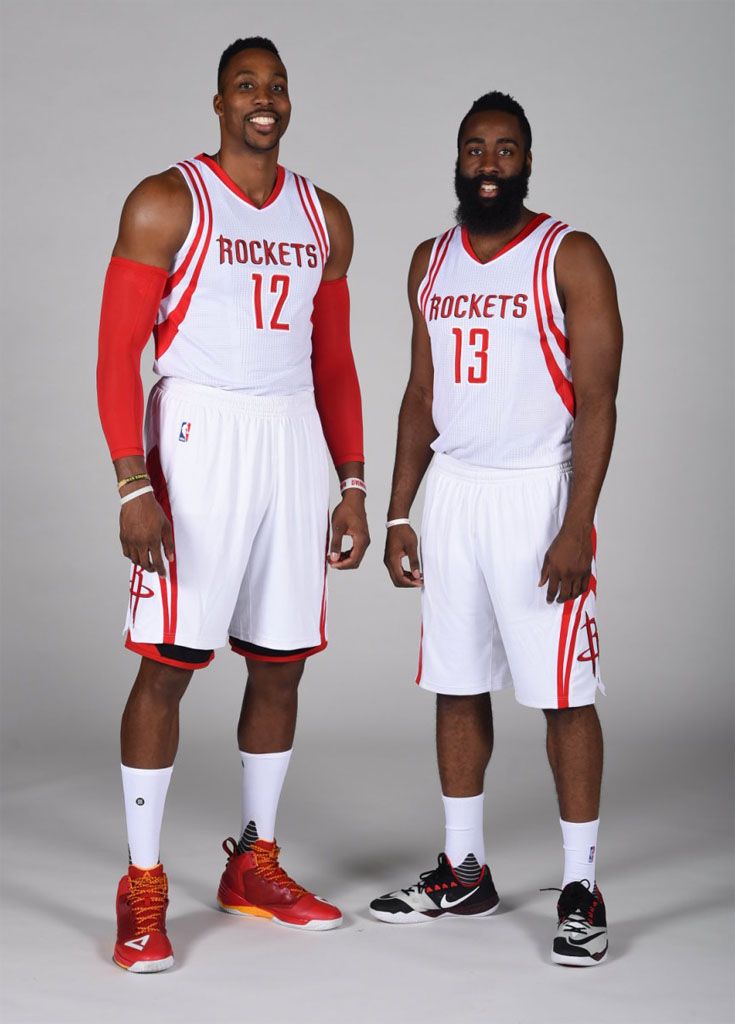
Not to mention that a good agent has key relationships that you don’t have — which means, their calls and emails get answered where yours would not.
A good agent would know and handle all of this on your behalf.
If you have a good agent, don’t get in their way. Stay in shape and be patient. If you don’t trust your agent to do this, they shouldn’t be your agent.
3) Have a Friend Who Can Get Your Foot In The Door
How it works: you have a friend, maybe an ex-teammate from college or the pros, who has a job somewhere.
(This option requires that you actually have a friend who’s employed overseas. Without that “plug,” this option isn’t for you — move on to point #4.)
Because they’re your friend, they invite (or allow) you to come to their overseas living space and stay there temporarily while you execute everything from point #1 and pitch yourself to local teams — minus the flight and housing expenses.
If you’re really lucky, maybe your already-employed friend recommends you as a player for the same team they’re already on and literally walks you into the gym with their personal co-sign.
Consider yourself super-lucky if this happens.
I know a player who got a contract this way — I’m not comfortable saying whether or not he would have ever gotten a deal without it. Luck matters in life.
I’ve known of some players who did this one successfully. Personally, athough I’ve had friends playing overseas, I never used this — because I was either already employed, or didn’t seriously consider it. But I have seen it work.
Use this option, along with all the others I share here, at your own risk. There are no guarantees in this game.
4) Earn Your Way In, The Old Fashioned Way
Plain and simple, you get a tryout based on you showing your game and a team taking interest.
How you would show your game —
- Exposure camp attendance
- Agent marketing you
- Touring team
- Pro basketball academy
A team can see you this way, and though they’re maybe not comfortable offering you a full-fledged contract, they are OK with giving you a chance while they get an up-close look at you.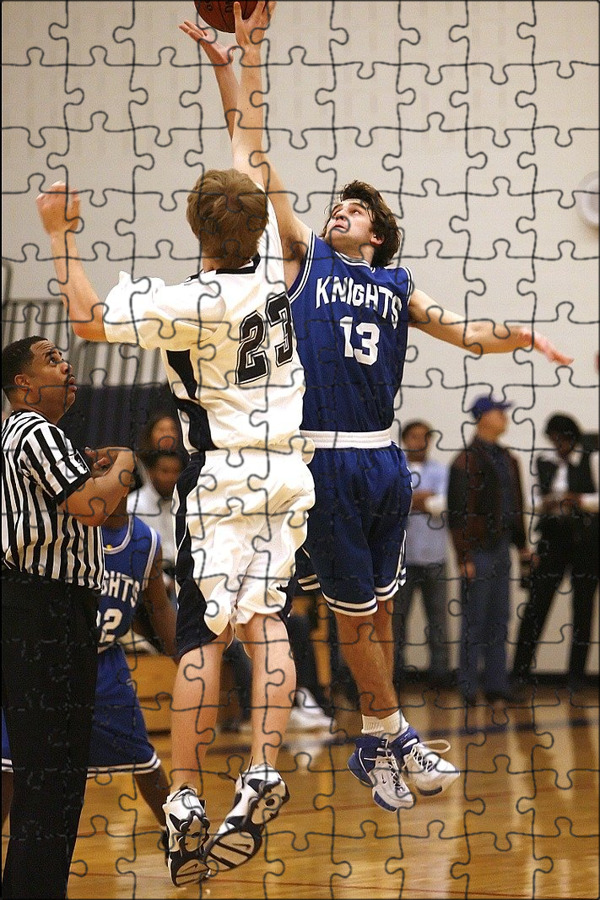
While it’s not a season-long contract, this — a tryout offer from a team — is an INFINITELY better position to be in than to be just another unsigned player who’s on the outside looking in.
So don’t turn your nose up at it out of foolish pride. Take it and prove your game.
***
So there you have it: 4 ways to get a tryout with a professional overseas basketball team.
Keep in mind that there are thousands of players trying to get a playing contract right now, and this is a cutthroat business. Every opportunity counts.
If there’s anything about the topic that I haven’t addressed here or in the other Overseas Basketball articles linked below, leave a comment and let me know.
And make sure to claim your free copy of The Overseas Basketball Blueprint so you can start your career ASAP — because pro career windows close quickly.
Get yours here: http://BallOverseas.com
FOLLOW-UP To This Post: Your 10-Step Overseas Basketball Plan, Starting Today
READY FOR YOUR NEXT STEP IN YOUR CAREER? Get my FREE book, The Overseas Basketball Blueprint Here
Also See:
- You Want A Career In Pro Basketball/ Overseas? Read This | FAQ
- How Does Overseas Basketball Work? A Detailed Guide
- How To Find An Agent For Playing Overseas Basketball
- I Want To Play Overseas / In The NCAA… But I Don’t Know Where to Begin! Help!!
- How Good Do You Have To Be To Play Overseas/Professionally?
- Can You Go Pro/Overseas Coming from a NCAA D3 School?
- How I Got My First Overseas Basketball Contract
- Choosing The Right Pro Exposure Camp or Combine | Follow-Up Post: What I Know About Pro Camps
- Professional Basketball Camp Reviews (Of Camps I’ve Been To)
- Overseas Basketball And Money: What You Should Know
- Advice and What to Expect at Your First Camp
- Working a 9-5 While Preparing to Play Pro/Overseas
- Do Not Give Money To Scam Artist John Jordan to Play Overseas.
 Ever.
Ever. - Videos On Overseas Basketball
- Full Athletes Resources Page (100+ Articles)
EuroProBasket Basketball Academy | Pro Placement | Tryouts | Camps
Your Shot To Go Pro
Our programs
Our programs
Most popular & all programs
Sign up
Men`s Programs
Women`s Programs
Players’ review
Europrobasket is definitely the place where dreams can become reality, everything advertised is what is produced…actual coaches and GM’s come to the practices and even better we go play against teams that are looking for players.
Danielle Pratt
Europrobasket is a great place for anyone who wants to start a pro basketball career…Brad always make sure his players go to the right situations, he puts his time, effort and connections into it.
Blaise Haman
Europrobasket is the best academy you can go to. Definitely get your moneys worth…europrobasket got me into one of the best leagues in Europe…I went there 2 years removed from college.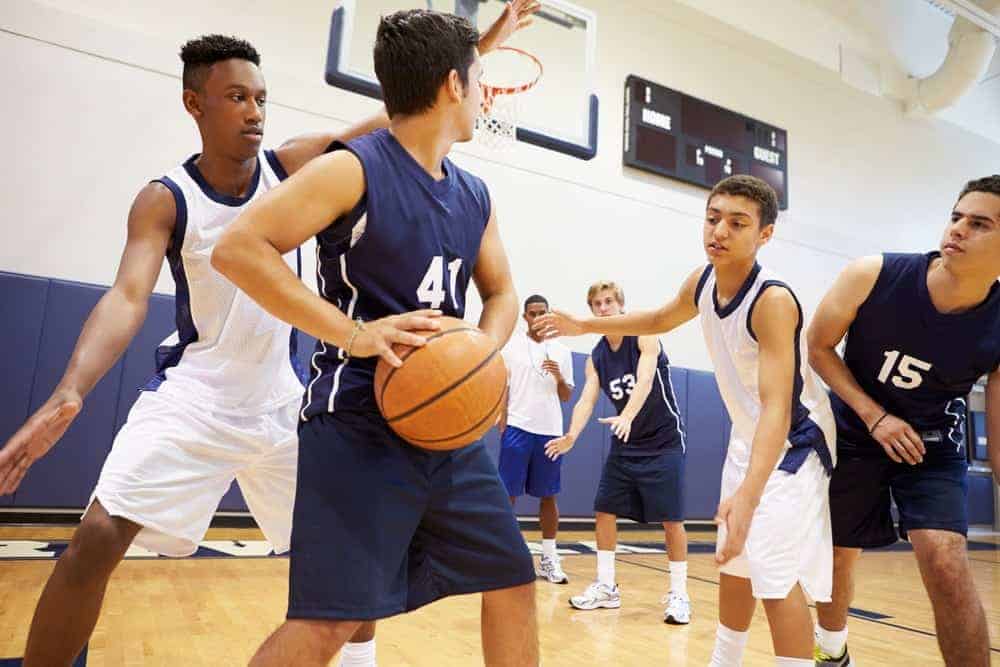 I seen a player come in and two days later he was on a team.
I seen a player come in and two days later he was on a team.
Aluk Adub
Europrobasket is an extremely professional organization that really does provide players with great opportunities to start their career overseas. It genuinely was a great experience and I would recommend it to anyone who is serious about playing overseas.
Chris De Souza
EuroPro is an all around professional and unique experience that truly simulates a European basketball season. The academy is everything its advertised as and if you come prepared you will definitely see positive results!
Malcolm Parrish
Europrobasket Academy is a great way to get you professional career started. Europrobasket simulates what being on a professional team is like with 2 practices a day & weight room sessions every day. Brad & his staff will make sure they do everything they can to help you accomplish your goals.
Deejay Irving
Europrobasket made it easier for my son to transition from college basketball to playing in Spain. He is now living out his life-long dream of playing in Europe as well as learning the culture and language of Catalonia. What an amazing opportunity.
He is now living out his life-long dream of playing in Europe as well as learning the culture and language of Catalonia. What an amazing opportunity.
Ramona Colas – Mother of Gerald Colas
Europrobasket is a very professional organization and was glad I attended the summer league they put on. They provide real opportunities to get a start in Europe just have to bring your game and the right attitude. I would recommend this organization to anyone who is looking for a real opportunity to play overseas!
Rachaun Thompson
I couldn’t of been more happy attending Europrobasket. I’ve been to a few overseas camps in Vegas the past few summers none of them were close to Europrobasket. If you’re looking to be become a pro this is where you need to be. You’ll be thankful you did!
Michael Williams
Europrobasket was a blessing from God. You will have individual coaches with experience. I accepted an offer and now I’m playing professional basketball in Spain.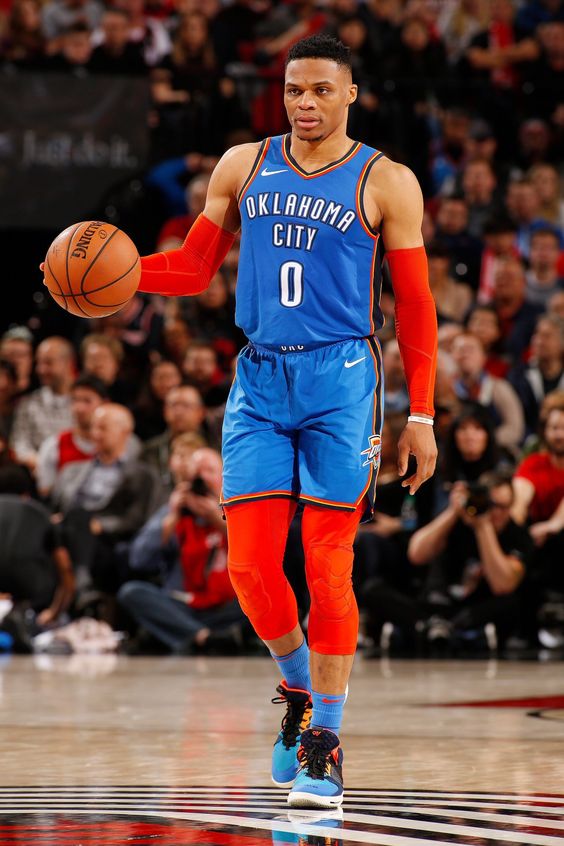 I recommend Europrobasket for anyone that wants to begin their professional basketball career.
I recommend Europrobasket for anyone that wants to begin their professional basketball career.
Marquis Gaines
Europrobasket is a great way to start your professional career it teaches you how to become acclimated to the European lifestyle and also the way of play. Its diverse coaching styles and drills makes this Academy one of the best options for an up-and-coming player to seek a professional career.
Hasain Bunnell
Europrobasket gave me what I needed to start my professional career in Europe. Was well organized! With very good staff members. I recommend this program if you want to play in Europe.
Damion Hooks
Europrobasket is one of the best camps in Europe. Good opportunity for young players. All staff, coaches, hotel and food, gym for praktice and all programs are prepared and designeg for players to progress and make them better.
Dušan Ognjenović
Europrobasket International Academy is an outstanding organization that helps place players on professional basketball teams.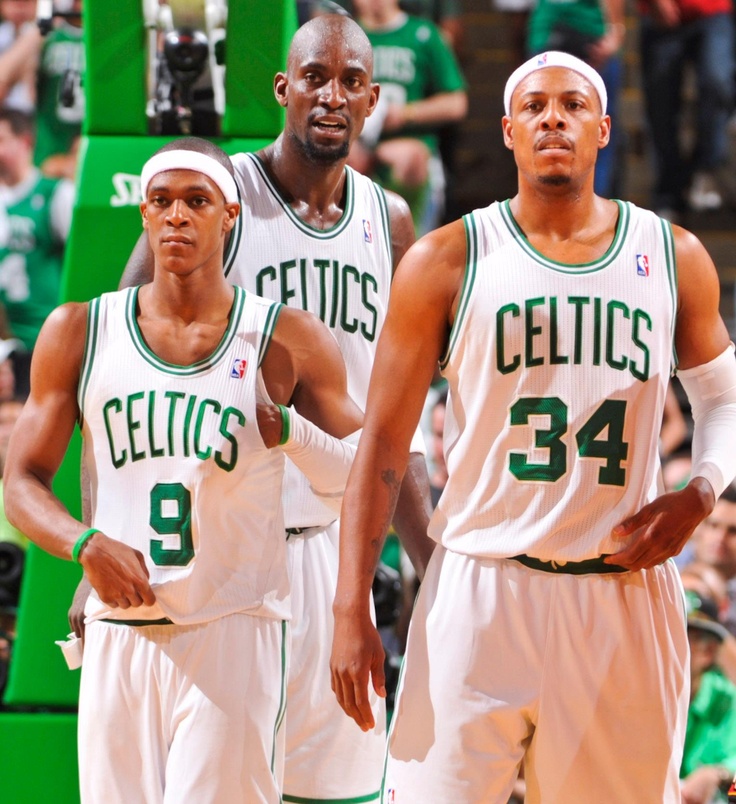 They do as much as they can to put you in a position to succeed as a professional both on and off the court. I highly recommend this academy to any basketball players who are serious about playing professionally.
They do as much as they can to put you in a position to succeed as a professional both on and off the court. I highly recommend this academy to any basketball players who are serious about playing professionally.
Don Stephens
Europrobasket is the best organized academy in Europe. The whole staff is fully dedicated to players, and that is a great chance for the players to learn a lot of things for their future career. Brad is a very good man and he will do everything for players.
Milos Stojanovic
I had great experience In Europrobasket to start my carrer in Spain. They always take care everything and do best support for players.
Isao Kinoshita
My experience was great. I did my research on the acadmey for year. Also talked with past players that had nothing but good things to say. Everyone at Europro has your best interest at heart. The coaches are the best I have ever worked with.
Dominique Neil
I would like to thank the Europrobasket staff for helping my son with the opportunity of playing professionally.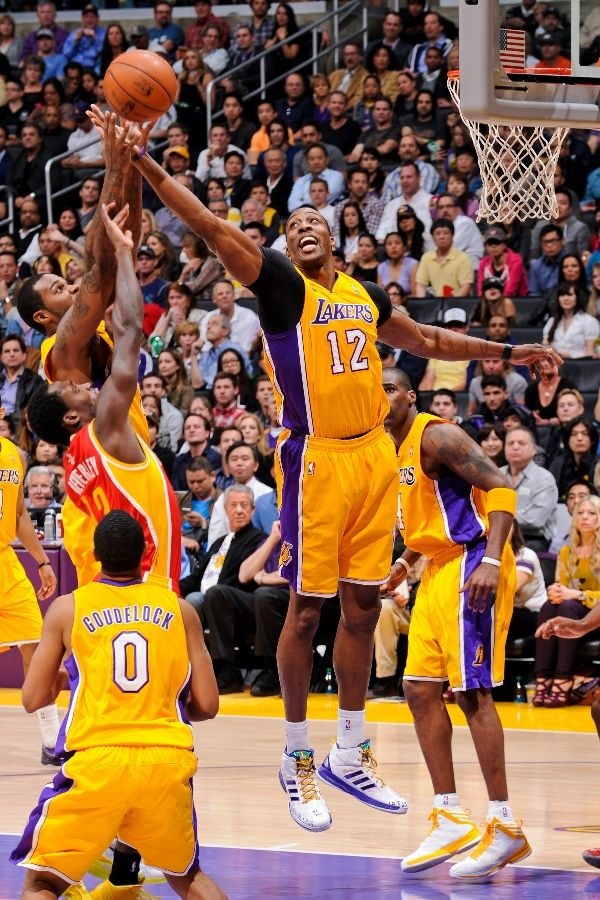 Whatever questions I had as a supportive parent, Brad answered them and was straight forward about everything the program had to offer.
Whatever questions I had as a supportive parent, Brad answered them and was straight forward about everything the program had to offer.
Janet Vanderhorst – Mother of Lee Vanderhorst
I was fortunate to visit Europrobasket a year before attended the camp as a participant. Even after my signing I still communicate with Brad and I never feel as if I am bother. I like what he is doing for the basketball community and I know it will only grow bigger.
Tashawna Higgins
Last SignedSee more
Europe’s most advanced training and educational institution
Hundreds of players have received opportunities to continue their overseas basketball careers after taking part in our programs. Of those hundreds of players, even more have received professional and semi professional tryouts with European league teams. Every player has improved day after day with our team of expert euro Head Coaches, Strength and Conditioning Coaches, Physical Therapists and European player personnel Scouts.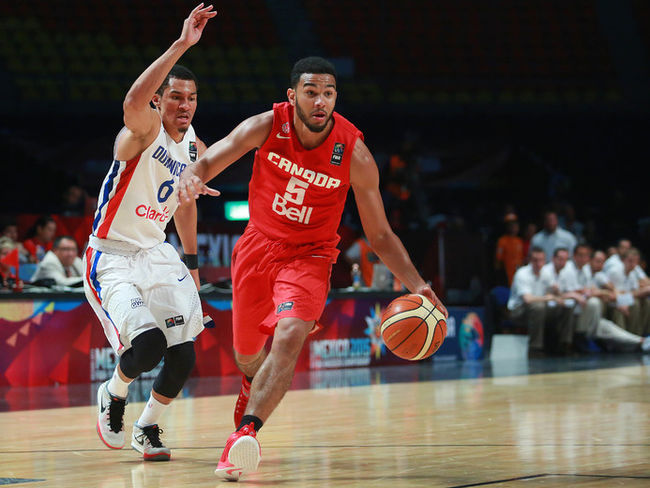 All of whom are professionally certified with a background of collegiate and professional playing experience. Multiple Europrobasket players have received NCAA Scholarship opportunities and opportunities to complete Europe master’s degrees while competing with overseas teams in European basketball leagues.
All of whom are professionally certified with a background of collegiate and professional playing experience. Multiple Europrobasket players have received NCAA Scholarship opportunities and opportunities to complete Europe master’s degrees while competing with overseas teams in European basketball leagues.
Valencia The center of European Basketball
Both Valencia Basket’s men and woman’s teams are in the highest division in Spain, the best National leagues outside the NBA and WNBA, and they also compete in the Euroleague and Eurocup, the best International leagues outside of the NBA and WNBA. L’Alqueria del Basket is the largest and most modern basketball facility in Europe. The most Elite players train here. The best NCAA Universities visit us here. The biggest overseas clubs and teams in Europe play games here. The largest and most important basketball tournaments are organized here. The best international basketball academy is located here. Join Europobasket in the center of European Basketball!
Guaranteed Improvement
At Europrobasket we don’t guarantee you a team. We guarantee you a lifetime experience filled with new knowledge and insight into European basketball. We guarantee you improvement in every aspect of your game whether it be mental, physical or social. We guarantee you contact with International players, coaches, trainers and teams, all from Europe. We guarantee the beginning of a basketball journey that could take you anywhere in the World. With our experience and your hard work, your basketball dreams will become reality. Join the Europrobasket International Basketball Academy family.
We guarantee you a lifetime experience filled with new knowledge and insight into European basketball. We guarantee you improvement in every aspect of your game whether it be mental, physical or social. We guarantee you contact with International players, coaches, trainers and teams, all from Europe. We guarantee the beginning of a basketball journey that could take you anywhere in the World. With our experience and your hard work, your basketball dreams will become reality. Join the Europrobasket International Basketball Academy family.
- Meet the people who can help you
- Train with the European Professional coaches and trainers that can prepare you
- Play against the European Teams that can expose you
- Showcase yourself to the European Teams, Coaches, Scouts, GM’s and Agents that can sign you
- Live your dream of playing overseas basketball
Sign Up
Who trains here
Maciej LampeNBA and Polish National Team
Queralt CasasWNBA and Spanish National Team
Tornike ShengeliaNBA & Euroleague
Luka MitrovićEuroleague
Artemis SpanouGreek National Team
Our Partners
A.

Ya. Gomelsky about strategy and tactics in basketball
copies of swiss watches
Strategy is the main theoretical direction of the entire work of the team, which determines the means and methods of preparing for the main competitions. Four-year plan for the preparation of the USSR national team for the Olympics in Seoul - the strategy of the team in 1985-1988. The strategy also provides for the management of the team during the competition.
Tactics is a part of the strategy that solves the main tasks of training, taking into account specific capabilities - team resources, characteristics of opponents, competition conditions. All this determines the tactical and combination baggage of the team.
When choosing tactics of the game (attack), one should proceed, firstly, from the real capabilities of the players, taking into account, first of all, their strengths, for the disclosure of which combinations are built and learned.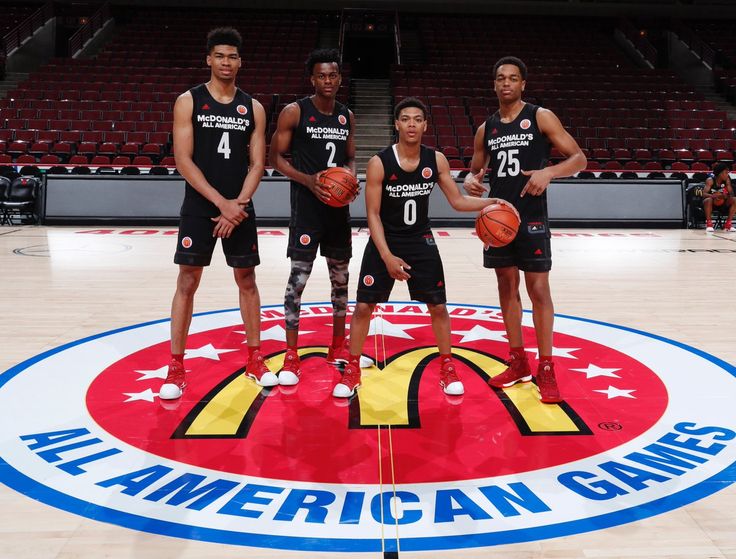 Secondly, attack tactics are determined by the strength and weakness of a real opponent in a tournament, match.
Secondly, attack tactics are determined by the strength and weakness of a real opponent in a tournament, match.
I usually discuss playing combinations with the players for whom this combination is designed. I know the strengths of my players, but the players themselves know them even better and can make significant adjustments to the combinations I have proposed.
A.Ya. Gomelsky about playing defense
I believe that defense is the main concern of the coach: firstly, because the victory of the team largely depends on its strength, secondly, because the attack starts from the defense, like from the stove, in- thirdly, because the players themselves never work on the elements of protection, and finally, because the audience, as a rule, does not see it, even journalists often underestimate it.
The best team cannot win without a solid defense. Team defense is built on the individual characteristics, capabilities and mood of all players. Often in training, and even in competitions, individual players show indifference to defensive actions. It always bothered me and even angered me. Yes, the menial work in defense is not so spectacular - except for such techniques as a block shot, a rebound from a shield, an interception.' And many players are not aggressive on defense, they are resting on defense, trying to prove themselves in attack.
Often in training, and even in competitions, individual players show indifference to defensive actions. It always bothered me and even angered me. Yes, the menial work in defense is not so spectacular - except for such techniques as a block shot, a rebound from a shield, an interception.' And many players are not aggressive on defense, they are resting on defense, trying to prove themselves in attack.
I am sure that without great desire, responsibility, initiative, passion, it is simply impossible to defend today.
If the defender allowed the attacker to receive the ball in the danger zone, he has already lost. And how many cases when the center is allowed to receive the ball in the three-second zone under the shield, without striving to actively fight for an advantageous position.
Often defensive players are in no hurry, they do not concentrate their attention and efforts enough on this part of the game.
I want to emphasize that the psychology of defense is one of the most important concerns of a coach, and often more depends on the focus on defense than on technique and physical condition.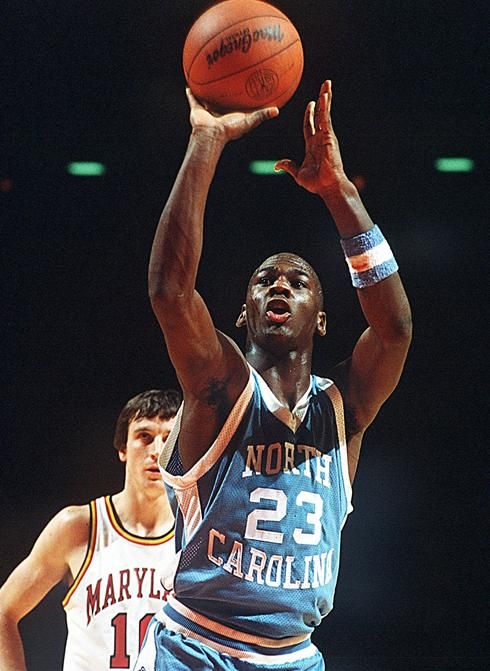 Doesn't the ability to intercept the ball and win the rebound depend on the mind and the ability to calculate one's strength? If a player goes to intercept the ball, exposing his rear, and slips past the ball, is this not the result of poor calculation, inability to predict, anticipate the situation, think and act responsibly? All this is the psychology of protection.
Doesn't the ability to intercept the ball and win the rebound depend on the mind and the ability to calculate one's strength? If a player goes to intercept the ball, exposing his rear, and slips past the ball, is this not the result of poor calculation, inability to predict, anticipate the situation, think and act responsibly? All this is the psychology of protection.
I believe that a player who is weak and inept in defense causes more damage to the team than a player who is weak in attack. The definition of "good defense is head and legs", while still valid, is incomplete. Fast, tenacious, active hands that can both hit and intercept the ball, and prevent a throw, pass, kick the ball while dribbling - are no less important for a defender
Counterattack
Counterattack is the most spectacular and quick use of all opportunities to achieve result.
Fast play requires high technique. The desire to play at high speeds is commendable and acceptable only if the speed does not exceed the state of the art. Otherwise, there will be more mistakes, losses of the ball than achievements. Therefore, in an effort to prepare a fast break, it is necessary to train the execution of all technical elements at high speeds, using both active and passive resistance of defenders in situations 1-1, 2-1, 3-2, 4-3, 5--4 and with numerical equality.
Otherwise, there will be more mistakes, losses of the ball than achievements. Therefore, in an effort to prepare a fast break, it is necessary to train the execution of all technical elements at high speeds, using both active and passive resistance of defenders in situations 1-1, 2-1, 3-2, 4-3, 5--4 and with numerical equality.
My idea of a counter-attack is not only to move quickly towards the opponent's backboard, but also to quickly transfer the ball to the opponent's backboard with sharp passes, or, if there is no free recipient to receive the ball, by dribbling the ball, actively moving forward. In the final stage of the fast break, players strive to create a triangle in the front line of attack with the apex on the free throw line. There should be a player with the ball, and two other players - to the left and right of him, 4-5 m ahead.
A counterattack is possible in the following situations:
1) when intercepting the ball;
2) when taking a rebound on his shield;
3) after the opponent has made free throws;
4) after winning a dropped ball;
5) after the opponent manages to score the ball.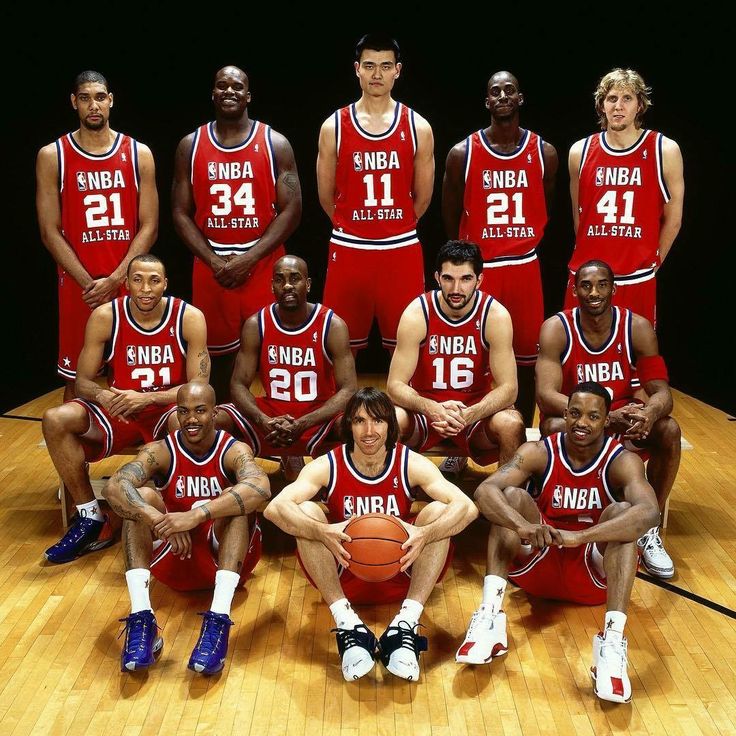
The best outcome of a fast break is taking the opponent's ring with a numerical advantage, when implementing situations in numerical equality: 1-1, 2-2, 3-3, 4-4. This is easier than beating a 5-5 defense that has already built up its defensive formations.
There are three phases in a counterattack that are equally important for success:
1) the beginning of a fast break - picking up the ball, first pass, movement of the players, their start;
2) the middle stage of the development of the attack - the transition by the players of the middle line of the field, their advancement;
3) completion of the attack - passing the ball at speed and throwing in close proximity to the backboard.
The timing of the "rehearsed fast break" depends on the speed of the players, the ball passes and the finishing shot. The USSR national team spent 5-7 s on a layered fast break. I think that the schemes of her tactical formations will provide great opportunities for the creativity of coaches working with any teams.
Playing in the USSR national team such powerful and tall centers as A. Sabonis and V. Tkachenko made it possible to carry out a counterattack through one long pass across the entire court.
Center #5, after recovering the ball from the backboard, passes it to runaway #2.
Such an attack was especially successful when building a zone or mixed defense, when one of the defenders or wingers playing in the front line of defense was given the task of running away at the moment of throwing at our ring, in the expectation that the giants would be able to take possession of the ball , bouncing off the shield, and make a long pass across the entire field. Naturally, such a system of counterattack requires special coordination of actions, and its development takes considerable time in the training process.
Development of a quick counter-attack through the middle of the field.
Players #5, #4, #3 are fighting for the ball and, having mastered it, they try to make the first pass to player #2, who passes the ball to player #1. Player #1 rushes forward dribbling through the middle of the court. Players #2 and #3 overtake the dribbler at high speed, form a triangle with #1, and finish the attack with a close range throw if they manage to create a numerical advantage under the opponent's shield.
Player #1 rushes forward dribbling through the middle of the court. Players #2 and #3 overtake the dribbler at high speed, form a triangle with #1, and finish the attack with a close range throw if they manage to create a numerical advantage under the opponent's shield.
If it was not possible to complete the attack in the first echelon, then the second echelon comes into action - center players #4 and #5. They, each on their own side of the court, rush to the opponent's shield. The one on whose side the ball is on ends the attack.
Development of a fast sideline break.
On a rebound from the left side of the backboard, the post makes a quick pass to player #2, who opens to receive the pass to the sideline, just above the free throw line. At the intersection of the sideline with the center, player #1 receives a pass from player #2, then passes it to player #4, who rushes forward on the left side. Player #4 has three possible continuations of the attack: give the ball to player #5 or #3, who is running towards the opponent's backboard in a straight line, or pass to player #2 in the area of the arc. It is clear that the transfer should be made to the most open player, who is in the most advantageous situation.
It is clear that the transfer should be made to the most open player, who is in the most advantageous situation.
A similar situation occurs when attacking on the opposite side.
Development of a fast break after a free throw into our ring.
If player #4 catches a bounce or quickly clears a potted ball from behind the endline, the first pass is to the left sideline to player #1 opening at or slightly above the free throw line. Player #2 opens near the center circle, receives the ball and dribbles forward. Players #5 and #3 pass the dribbler along the touchlines, player #4 overtakes him from the right, and player #2 stays slightly back in the backing position. Thus, player #2 has four options to choose the direction of the attack.
Same procedure as above, but after rebounding a field goal or after the ball is thrown in from behind the end line.
Developing a fast break after a dropped ball in the center circle or on the free throw line in our half of the field.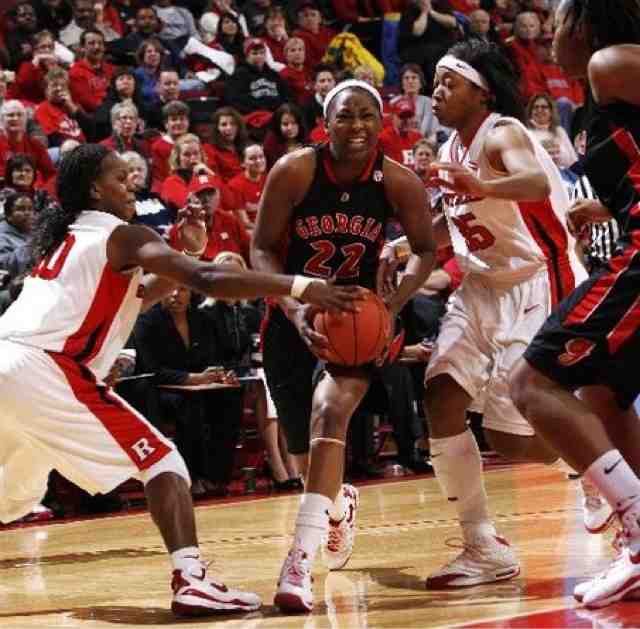
Player #5 discounts player #4 who is ready to receive the ball with his hands up. After catching the ball, #4 passes forward to player #1, who opens up to receive that pass after being screened by player #3. Players #2 and #4 support the attack. Such a combination can be played in both directions. At the heart of her success is high growth, good jumping ability and the ability to accurately throw the ball to the partner of the center player.
Same scheme, but now player #4 screens player #2 who, having received the ball from player #3, rushes forward.
The easiest way to complete a counterattack is for the players to take the shortest path to the opponent's shield. However, with the development of a counterattack, options are possible with cross screens
interaction like a trio
setting up screens for the players of the second echelon in the center of the field.
Many teams in the world, including the USSR national team, after they failed to complete the counterattack with a scoring throw, in the transition to a positional attack, spent precious time placing players, thus allowing the enemy to prepare for defensive actions and occupy all defenders advantageous positions.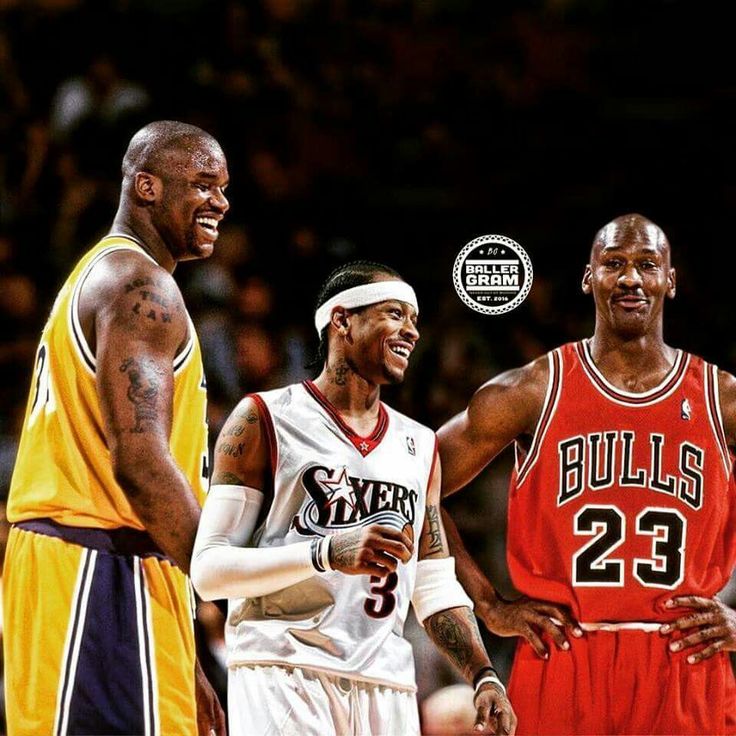 This is why a quick or non-stop attack after a counterattack ("transition game") is increasingly used in the tactics of the best teams in the world. I will give an example of such an attack in the USSR national team.
This is why a quick or non-stop attack after a counterattack ("transition game") is increasingly used in the tactics of the best teams in the world. I will give an example of such an attack in the USSR national team.
The fast break was not completed by the players of the first attack tier #2 and #3, nor the second tier #4 and #5. They, each on their own side, set up screens for fielders #3 and #2 for a shot from medium or long distance, and then go to the backboard to receive the ball in the three-second zone on the spot or to fight on the backboard, after a throw from one of the players # 2 or #3. Options for a non-stop attack can be very different. This could be a double or triple screen for the team's sniper, or a winger or post entering the 3-second zone after receiving the screen. It all depends on the characteristics and capabilities of the player for whom the combination is being made.
Double screen to Marciulionis (#2) to attack with his left hand from the free throw area.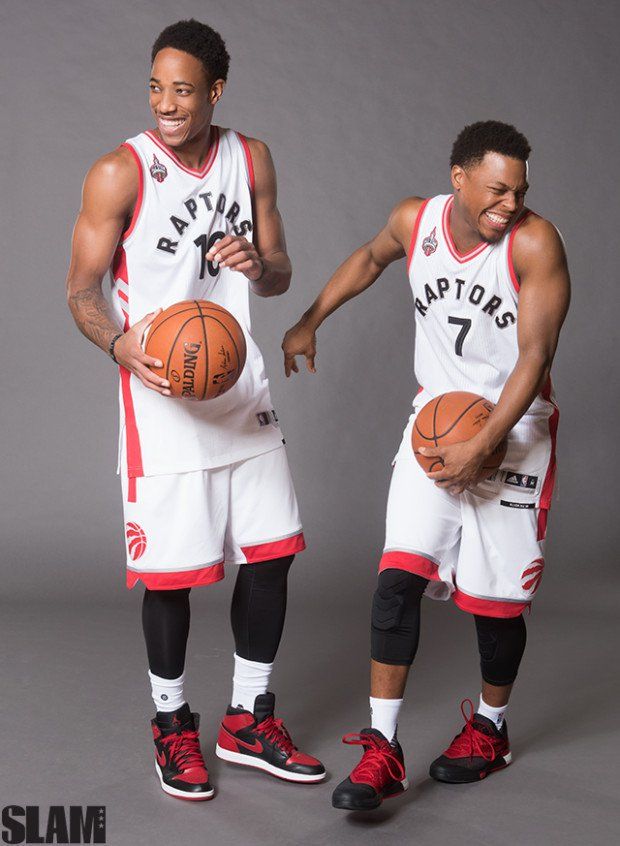
Players #4 (Volkov) and #3 (Tikhonenko) put up two screens for player #2 (Marciulenis) at the same time. #2 breaks into the free throw line, where he receives the ball from player #1 (Sokka). "Marciulionis has opportunities to continue the attack:
a) receiving the ball in motion and passing under the backboard;
b) receiving the ball with a stop and shooting at ring;
c) passing the ball to player #5 (Sabonis) in case there is a switch of defenders.
Players #4 and #2 after screening go under the backboard to fight for the rebound.
Mixed defense
There are several mixed defense systems:
1. Four players build a zone defense 2-2
or 1-2-1
, and one defender personally marks the strongest offensive sniper or center, depending on capabilities and tactics of the opponent.
2. Three players build a 2-1 zone defense and two guard the enemy's strongest snipers.
3. One player completes the zone formation while four players cover the opponents personally.
4. Two players form a zone defense and three players act as an individual defense.
Mixed defense brought good luck to the USSR national team and the CSKA team more than once. The choice of defense has always been determined by the characteristics of the opponent and our capabilities.
In the final of the Olympic tournament in Seoul against the team of Yugoslavia, we used a mixed defense 1-4.
Sabonis played a zone defense, the rest of the players closely guarded their opponents. This was due to the presence of Vrankovic or Raja in the Yugoslav team, who are not very dangerous away from the shield, and the fact that Petrovich, Paspal, Kukoch posed a big threat. The players who guarded the leaders of the Yugoslav team could, with a greater degree of risk, fight with their opponents to get the ball. They knew that Sabonis would help them if they were beaten.
A similar defense was chosen in the semi-final tournament in Seoul against the US team. Sabonis did a zone defense and let Robinson or Reed or Maning shoot from wide. But the rest of the US players were completely covered, and a player like Maning did not bring a single point to the team. As a result, the USSR national team won 82:76. And Sabonis, who participated in the Olympics after a serious injury, two operations, took first place in the selection of balls from shields and made a great contribution to the victory of the USSR team.
Sabonis did a zone defense and let Robinson or Reed or Maning shoot from wide. But the rest of the US players were completely covered, and a player like Maning did not bring a single point to the team. As a result, the USSR national team won 82:76. And Sabonis, who participated in the Olympics after a serious injury, two operations, took first place in the selection of balls from shields and made a great contribution to the victory of the USSR team.
Sometimes, with two centers Sabonis - Tkachenko, we built a mixed, personally set defense 3-2. Two giants and one mobile defender played well in the zone. In the early 70s, it was Eremin, then Valters, and at the Olympics and the pre-Olympic tournament Sokk performed this function, and Belostenny and Volkov played instead of Sabonis and Tkachenko in Holland.
At the Seoul Olympics, we used such a defense (3 in the zone, 2 in person) against the Brazilian team.
Sabonis, Volkov and Sokk built a triangle on top of which Sabonis and Volkov played.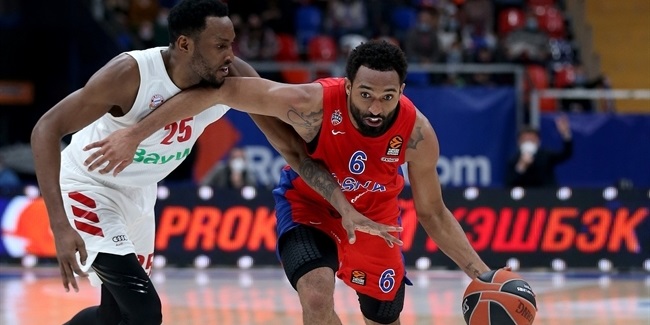 Tikhonenko took care of So-uzu personally, and Marciulionis took care of Schmidt, and although these two players scored 65 points together, the match turned out to be very difficult for us, but we still won 110:105. The mistake in the choice of defense was that Schmidt outplayed the smaller Marciulionis in different positions, and Souza outplayed the slower Tikhonenko. In the last 10 minutes of the match, Volkov was attached to Schmidt, Marciulionis switched to Souza, and we changed Tikhonenko to Goborov in zone defense.
Tikhonenko took care of So-uzu personally, and Marciulionis took care of Schmidt, and although these two players scored 65 points together, the match turned out to be very difficult for us, but we still won 110:105. The mistake in the choice of defense was that Schmidt outplayed the smaller Marciulionis in different positions, and Souza outplayed the slower Tikhonenko. In the last 10 minutes of the match, Volkov was attached to Schmidt, Marciulionis switched to Souza, and we changed Tikhonenko to Goborov in zone defense.
Benefits of mixed defense
allows you to fight with him to get the ball, while expecting the active help of teammates, without fear of a throw.
2. Such a system, if the opponent is not prepared for it, tactically introduces confusion and makes it difficult to carry out combinations of screens.
3. Combines the best aspects of individual and zone protection systems.
4. Promotes a quick transition from defense to counterattack.
5. Allows players to use their strengths defensively and not show their weaknesses.
Allows players to use their strengths defensively and not show their weaknesses.
6. Can take the point guard out of the game and deprive the opponent of the usual formation and rhythm, destroy the counterattack if applied pressure throughout the field.
Weakness of the mixed defense
1. A technically competent team that has several leaders easily rebuilds the offense and breaks the mixed defense.
2. Simultaneous movements of two or three players diagonally can destroy a mixed defense if the opponent manages to create a numerical advantage on one of the sides of the field.
3. Often vulnerable to medium throws from 3-4 m.
4. Requires special long preparation, coordinated actions, high teamwork of the whole team for rebuilding and interchangeability in positions.
5. If one of the five players did not have time to reorganize or did not cope with his duties, then the whole idea of such a defense breaks down.
A.Ya.

Gomel. Pressing defense
Pressing is the most active type of defense, constant pressure on the opponent. It can be personal or zone, it can start from the moment the opponent throws it: all over the court, on 3/4 of it, in their own half, i.e. on 1/2 site.
The goal of defense by pressing is not only psychological pressure on the opponent, but also the desire to break the opponent's established game, break his habitual connections between defense and attack, his combinations, make inaccurate passes of the ball, hasty - throws. It is impossible to apply pressure without mastering enough methods of individual protection. This form of defense requires high physical condition, good reserve and teamwork of all players and team units.
Pressing is used both as a system of play for long periods of time, and as a forced measure: when losing in a score to increase the pace or when waiting for pressure from an opponent.
By pressing, we try to take the ball away from the opponent - we force him to make false, inaccurate passes that are easily intercepted.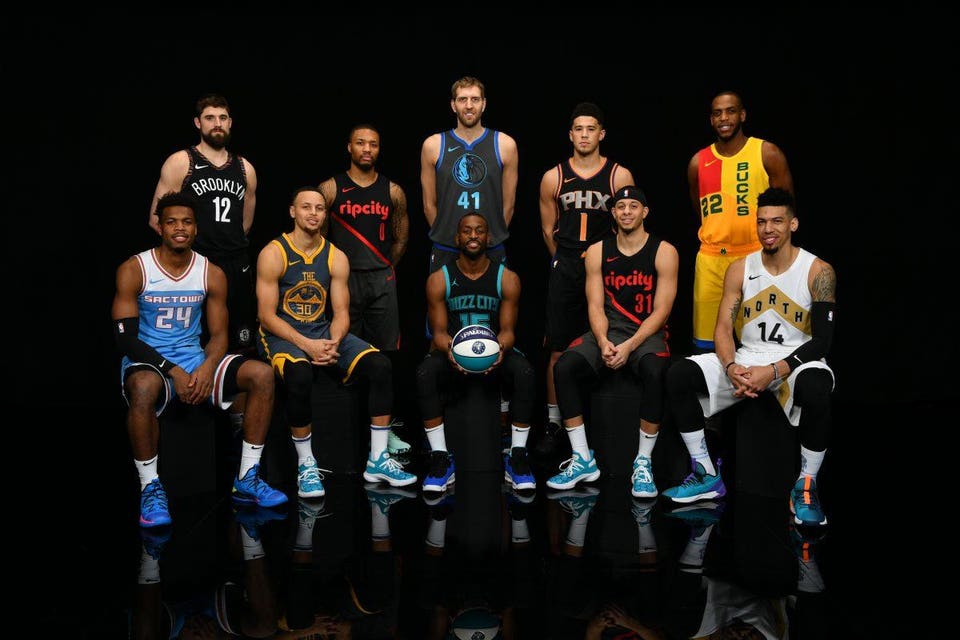 Often, the opponents of the front line of pressing, having missed the opponents, do not pursue them, but watch the development of further events - this is a gross mistake. It is necessary to chase the player with the ball, trying to knock the ball from him from behind, stepping on his heels. Thus, you force the opponent to rush, worry, make mistakes.
Often, the opponents of the front line of pressing, having missed the opponents, do not pursue them, but watch the development of further events - this is a gross mistake. It is necessary to chase the player with the ball, trying to knock the ball from him from behind, stepping on his heels. Thus, you force the opponent to rush, worry, make mistakes.
If in zone or personal pressing you are left without a player and do not help a friend, you make a miscalculation. If one of the five pressers is not active, the work of the entire team goes down the drain. Pressing is primarily an active defense of the team.
In modern basketball, many coaches tend to believe that personal pressing is less effective, difficult, leads to a large number of personal violations and is inferior in usefulness to zone pressing systems. I also believe that a strong, technical player with good dribbling is able to cope with personal pressure.
In addition, with a stretched defense, it would be incredibly difficult to keep such players as Marciulionis, Volkov, Kurtinaitis, Petrovich, Schmidt, Kukach, Paspal, Rivier, Gallis one on one.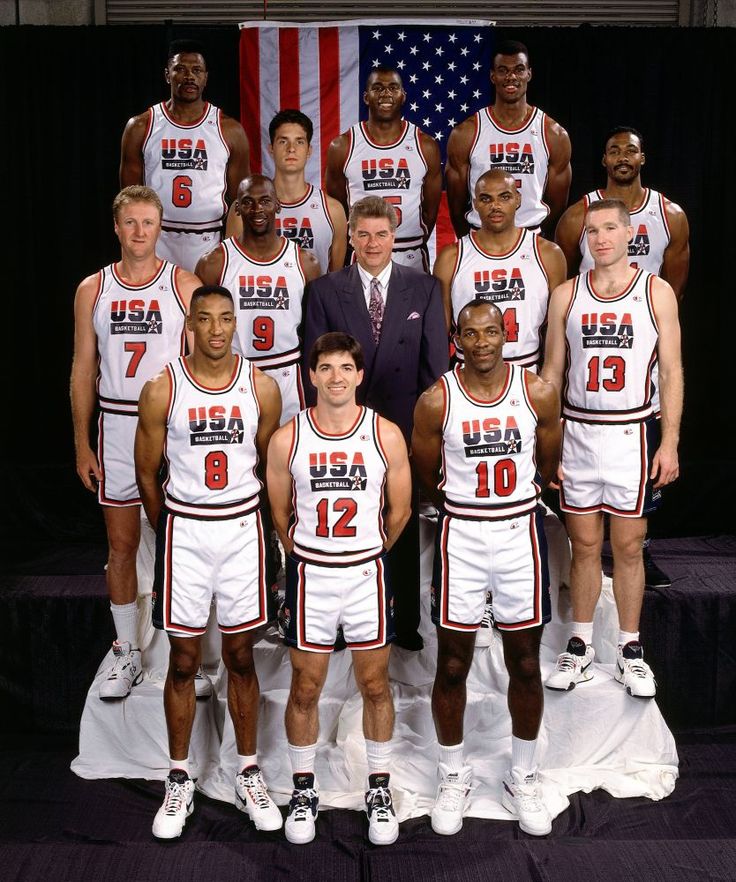 I'm not talking about NBA players. But although zone pressing has become more popular, it is impossible to do without the ability to play personal pressing. Therefore, it is necessary to train defense daily 1-1, 2-2, 3-3, 4-4 all over the court, with and without the ball, with and without dribbling, with and without screens, first at a walk, then at high speed.
I'm not talking about NBA players. But although zone pressing has become more popular, it is impossible to do without the ability to play personal pressing. Therefore, it is necessary to train defense daily 1-1, 2-2, 3-3, 4-4 all over the court, with and without the ball, with and without dribbling, with and without screens, first at a walk, then at high speed.
Exercises are useful in which the number of defenders prevails over the number of attackers. These exercises promote the interaction of the defenders, instill the skills of tackling the ball. They are also good for attacking players. When training personal pressing, due attention should be paid to the rapid movements of players in an active stance, in different directions, with a skillful change in the positions of players. Defenders of the first line of defense seek to push their attackers to the sidelines and prevent the attacker from getting around him with the ball and without the ball.
If one of the defenders managed to stop the attacker with the ball at the touchline at the intersection with the penalty or center line, the defensive partner must come to the aid of a friend: together they force him to make a cross pass, which the other three players are ready to intercept.
The initial stage of personal pressing is carried out by two fundamentally different tactical formations:
1. The opponent who introduces the ball into the game holds a high moving edge and with an active movement of the hands prevents him from making an aimed pass.
2. No one guards the opponent who puts the ball into play, but two pressers prevent the most dangerous dribbler from getting the ball.
For example, Volkov secured Sokk and Marciulionis from behind when passing to player 5.
A few tips when defending with personal pressure: make him stop and do not let him make an accurate pass, interfering with his hand movements;
2) if the defending partner allowed himself to be bypassed, immediately come to his aid, of course, without leaving your ward in a safe position under the shield;
3) constantly watch not only your ward, watch the actions of partners, learn to see the whole field.
In the USSR national team and CSKA, zone pressing 1-2-1 - 1 brought us the most success.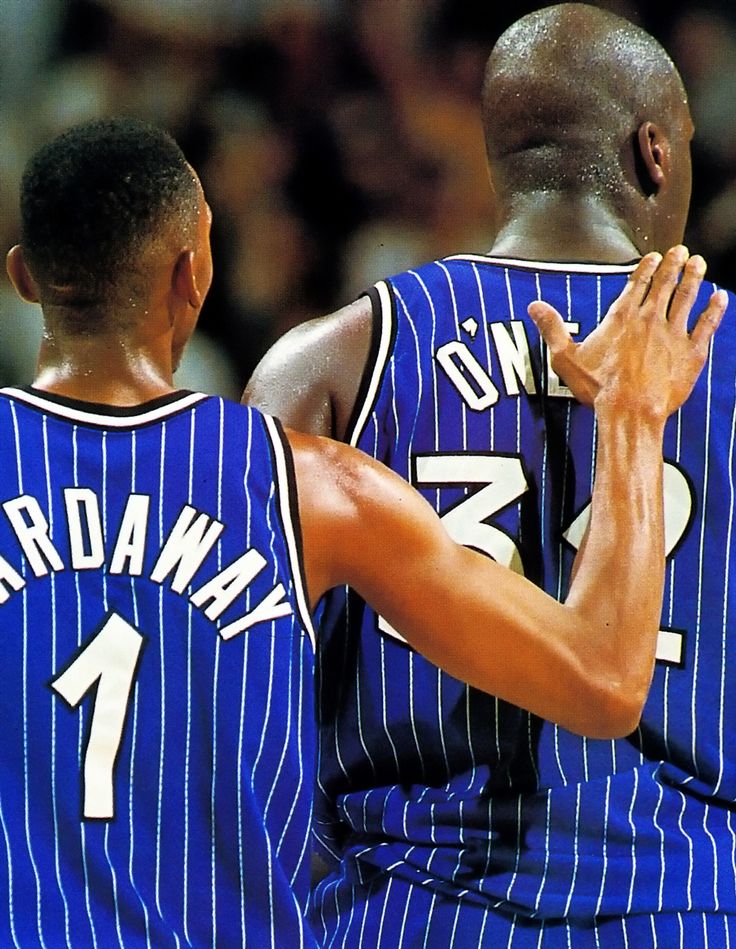 We started pressing from the opponent's front line after a goal and a free kick. High extreme Volkov interfered with the throw-in. If the ball was injected to the right, Marciulionis and Volkov attacked X2 defender together, trying to prevent him from going forward and make an aimed pass to XI defender, Sokk followed the movement of X3 and X4. Sabonis secured the rear, was responsible for long passes and for the X5 player. Tikhonenko in the center of the field followed X4's pass with a long pass and went to the ball passing side.
We started pressing from the opponent's front line after a goal and a free kick. High extreme Volkov interfered with the throw-in. If the ball was injected to the right, Marciulionis and Volkov attacked X2 defender together, trying to prevent him from going forward and make an aimed pass to XI defender, Sokk followed the movement of X3 and X4. Sabonis secured the rear, was responsible for long passes and for the X5 player. Tikhonenko in the center of the field followed X4's pass with a long pass and went to the ball passing side.
Returning with a weak attack, we built a defense 2-3
Zone defense in basketball
The meaning of this defense is that the players are in charge of a certain area of the field, in accordance with the position of the ball and the formation of the attacking team.
Benefits of zone defense:
1. Gives the opportunity to arrange players according to their physical, technical and mental characteristics.
Tall, jumpy players are located close to the shield, mobile, fast players - in positions higher from the shield.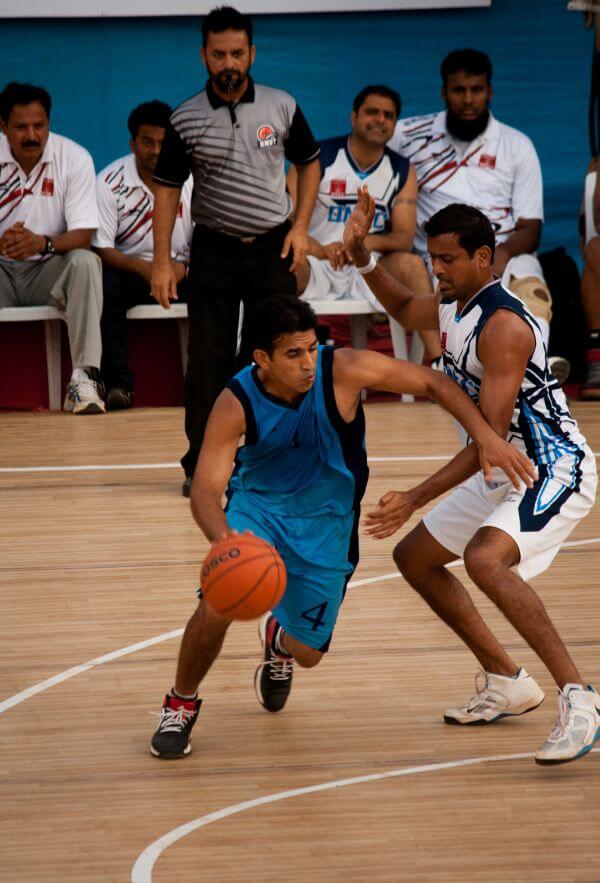
2. More commanding, easy to master, able to compensate for the individual gaps in the defense of the players.
3. Promotes counter-attacking and frequent interceptions of the ball with the greatest possible degree of risk, because. Partners are always ready to help.
4. The number of fouls in a zone defense is usually less than in a personal defense.
5. This defense is less vulnerable to screen combinations.
6. Can concentrate with strong opponent centers and stretch with snipers.
7. More than personal protection, it saves players' strength and protects leaders from fouls.
8. Most effective against opponents with strong centers.
9. A team that owns a zone defense can easily build mixed forms of defense: 3-2, 4-1, 2-3.
10. Convenient and suitable for small fields.
Disadvantages of zone defense:
1. Inferior to the personal psychological responsibility of the players, their charge for individual victory in defense.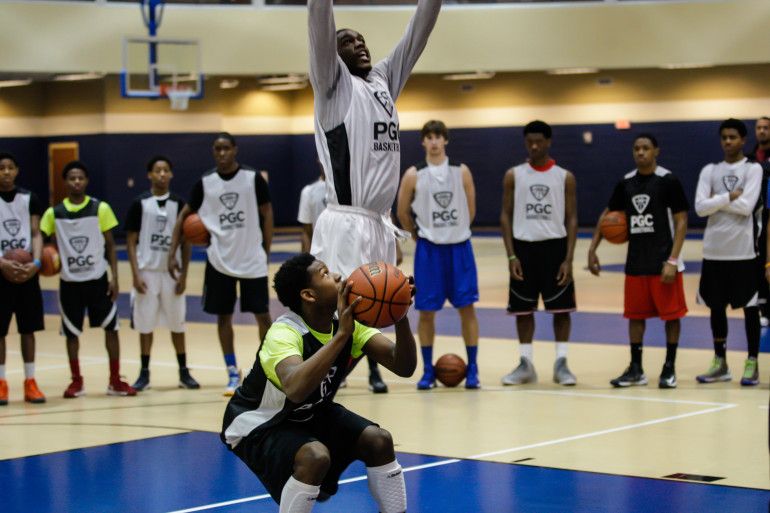
2. Less useful against teams with strong snipers.
3. As a rule, the corners of the court are less protected in zone defense.
4. Zone defense may be used occasionally and should not be the main form of defense. It is inappropriate to use zone defense at the beginning of the match, when the opponent's players are not yet tired, energetic enough - their throws are more accurate and productive than at the end of the game.
There are several formations of the zone defense, however, each of the zone defenses should easily transform depending on the attack - stretch when attacking from a distance and group around the ring.
Even type of zone defense formations includes systems: 2-2-1, 2-1-2, 2-3.
Odd formation: 1-2-2, 1-3-1, 3-2.
Each of these constructions has its advantages and disadvantages, which are useful to analyze.
The arrows indicate the direction of movement of the players. The shaded places on the court are the weak positions of the defense.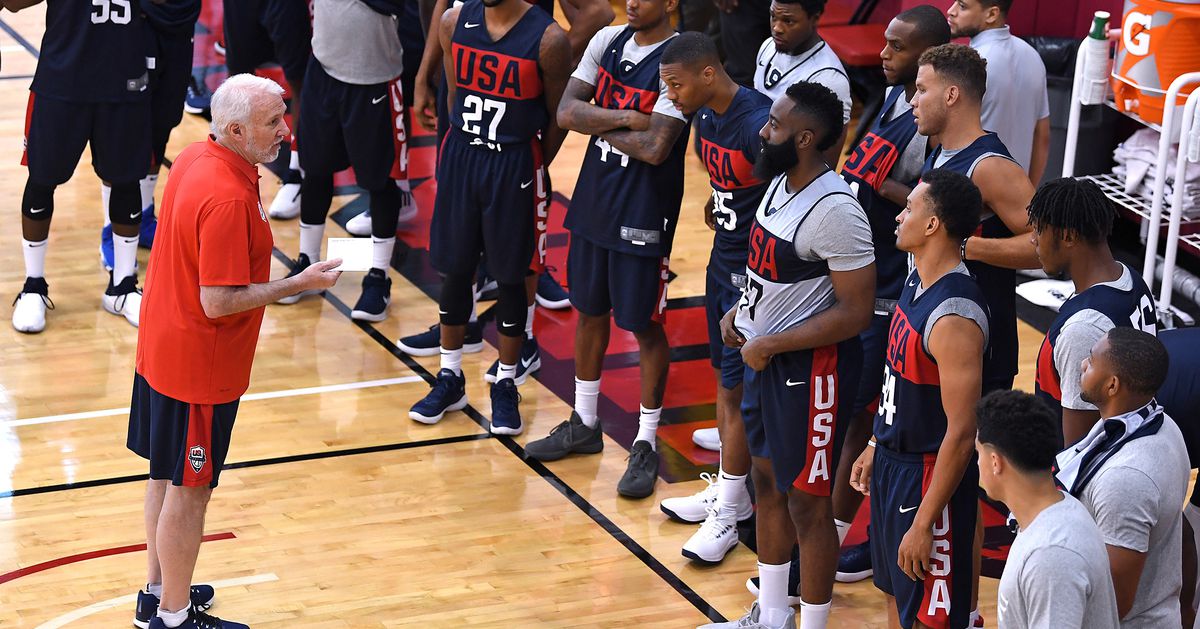
Zone defense 1-2-2
#1 - the lightest, fastest defender, #2 and #3 - quite mobile, jumpy, good if their height is at least 2 m. #4 and #5 - centers. Their task is to fight with the opponent's centers, picking up balls from the shield.
This system is most useful against teams seeking to attack from under the shield through the post. Disadvantages - weak positions indicated in the figure.
Zone defense 2-1-2
It is used against strong opponent's centers who are dangerous on the "second floor" when rebounding the ball. Good for developing a counterattack with fast #1 and #2 players. Vulnerable in corners under 45, in the center for long and medium throws. Post #5's job is to mark the opponents' post and work with ?3 and ?4 to create a rebounding triangle. #3 and #4 are mobile and high wingers, they can be swapped depending on the place of the sniper's attack.
Zone Defense 1-3-1
Helps to keep #3, #5, #2 between the ball and the basket at all times, used against opponent's strong centers and shots from middle and close positions.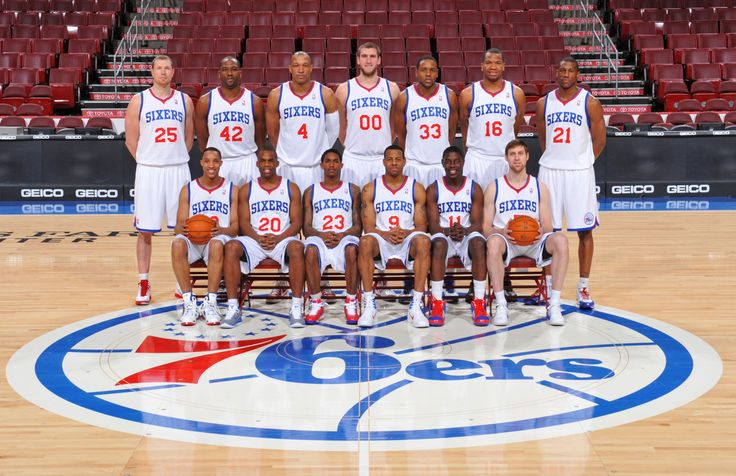 Her weakness is throws from the corners of the site and passes to the shield along the front line.
Her weakness is throws from the corners of the site and passes to the shield along the front line.
#1 - the fastest defender, running into the gap in every possible situation, #2 and #3 - mobile, jumping players, #5 - center, #4 - the fastest winger, able to move into the corners of the court.
Zone defense 3-2
#1, #2 and #3 are aggressive, mobile players, the success of the whole system largely depends on their activity. All three are focused on intercepting the ball and counterattacking. This system is most acceptable against teams seeking to attack from a distance, and less suitable against strong centers. The 3 second zone and 45 angle positions are the most vulnerable. #1 is in charge of the foul line. #2 and #3 are in a rebound fight. #5 and #4 are the first and second centers.
Zone protection 2-3
Strongest under the backboard, in the corners of the court along the front line. It is used against a tall, powerful team attacking from close positions and from under the shield. Often used for group selection of the ball in the corners of the court. When interacting #4 and #2 or #3 and #1, the defense is less effective on the foul line and at a 45 angle. #5 - center, #4 - second center, #3 - winger, #1 and #2 - defenders, constantly aimed at interception and counterattack.
Often used for group selection of the ball in the corners of the court. When interacting #4 and #2 or #3 and #1, the defense is less effective on the foul line and at a 45 angle. #5 - center, #4 - second center, #3 - winger, #1 and #2 - defenders, constantly aimed at interception and counterattack.
Zone protection 2-2-1
This defense is used by agile and short teams aiming to intercept the ball and constantly counterattack. This zone counterattack is used against teams seeking to attack from medium distances. Center #5 is responsible for rebounding, wingers #3 and #4 are responsible for positions in corners and under 45 , rebounding the ball and for the foul line.
Defenders #1 and #2 tend to close the passes to the shield and into the three-second zone, while they themselves are constantly aimed at counterattacking.
A.Ya. GomelskyDefense against ball carrier
It is necessary to work out the correct body position in a basketball stance: the center of gravity is evenly distributed on both legs, but not on a full foot, but on toes, with a "charged" (ready for any movement) foot, knees slightly bent, legs slightly wider than shoulders .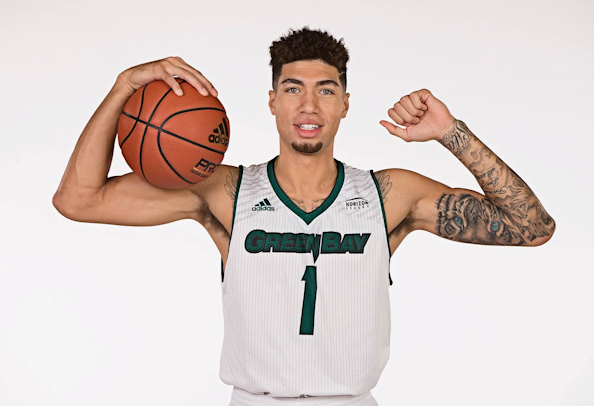 Boxing stance - like the great Michael Jordan.
Boxing stance - like the great Michael Jordan.
If the opponent is in possession of the ball, one arm of the defender must be directed at the ball and constantly attack the opponent, preventing him from aiming or throwing (best if it touches the attacker), and the second arm slightly pulled back. Many defenders, being between the player with the ball and the basket, even in the correct stance, do not actively use their hands, do not make an offensive movement towards the attacker, which allows the opponent to calmly take further actions. At the same time, it must be remembered that you cannot cross your legs, that the distance between the defender and the opponent must be calculated so that the opponent can pass with a dribbling to the ring.
Contact defense against the ball carrier, although difficult and somewhat risky, is modern and has its advantages. If your arm extended to the opponent reaches his chest, then by doing so you prevent the attacker from lifting the ball up for a throw.
Defender's movements should be trained regularly:
a) in each training session - with and without resistance;
b) with one or two balls;
c) with side steps, making contact with the body closest to the attacker.
The defender's actions in different situations can be divided into 12 positions:
1. Defense against a dribbler driving the ball to your ring.
2. Defending against a player who has finished the dribble and is looking to either shoot or pass.
3. Defense against an attacker 5-6 m from the backboard, but not using the dribble.
4. Actions of defenders in numerical minority.
5. Actions of two defenders against three forwards.
6. Actions of three defenders against four forwards.
7. Actions of defenders during screenings.
8. Rear screen protection.
9. Slip protection.
10. Group ball tackle by two defenders.
11. Defense against the first pass to the counterattack.
12. Fighting the attacker in the corners of the court.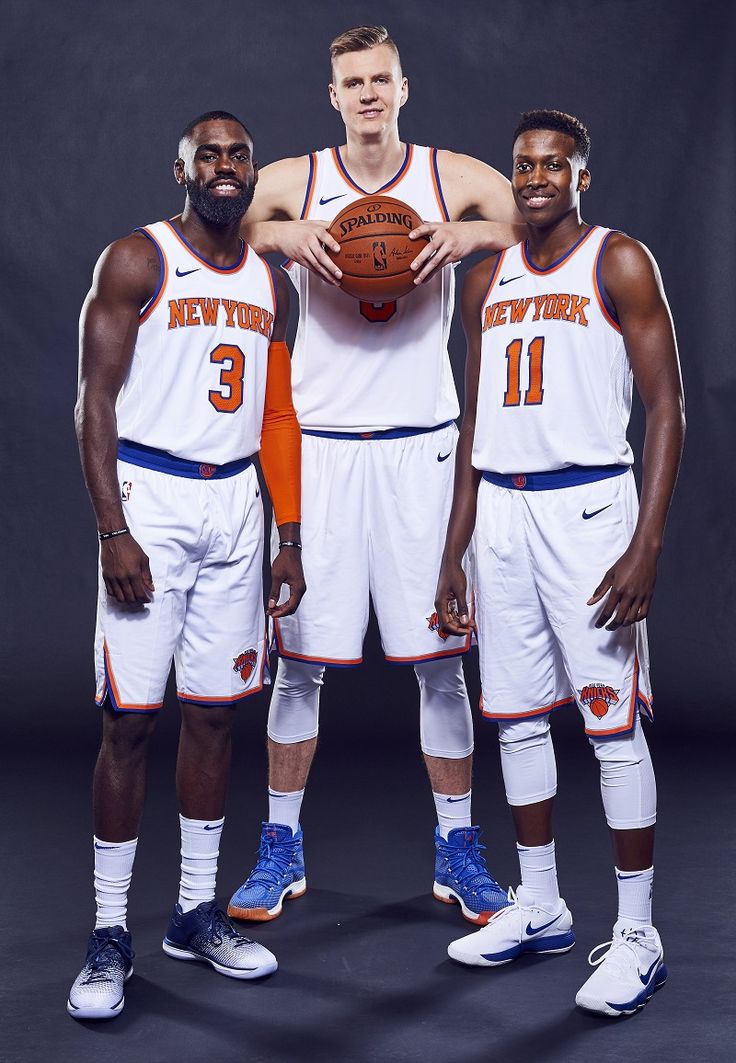
Let's try to analyze the defender's actions in each of these positions.
1. Defender's task - in a parallel low stance, without crossing the legs, move backwards, knees slightly bent, one hand all the time makes attacking movements towards the dribbler (feints with the body and head participate in this frightening dribbler movement), with the other hand he tries to stop the dribble (if possible, knock the ball out). The raised hand is ready to prevent the presenter from making the pass. Hands can be changed, they are always in motion.
As already mentioned, one should move on a "charged" foot, the heels do not touch the floor, the back is straight, slightly tilted forward, the head is raised up.
The leader should be pushed to the sideline, in the corner of the court, or his movement should be directed towards the defensive partner, remembering that the leader must not be allowed to go to the "strong" side (if left-handed - to the left, if right-handed - to the right).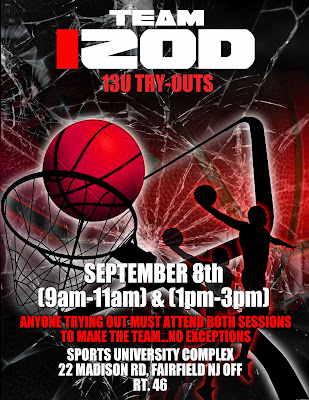
The distance from the leader should be maintained depending on the speed of his rushing with the ball, his ability to attack or pass, as well as your ability, taking into account the position on the field of defensive partners. Do not rush to take the ball away from a good dribbler, wait for him to stop or make a mistake.
2. If the attacker has finished dribbling and has stopped to shoot or pass the ball, the defender must definitely get close to him, actively using his arms, preventing him from concentrating on the next action. The hand closest to the opponent must touch the fingers of his chest or stomach and not allow him to lift the ball up to attack the ring or pass. The defender seeks to force the opponent to turn his back to the shield and, without stopping to attack the attacker, prevents him from making an aimed pass. The defender must signal to his defensive partners to be ready to intercept the ball. These are already team actions.
3. If the opponent has received the ball 5-6 m from the backboard and he is in possession of the dribble, the defender must not stop actively attacking the attacker; make short lunges with your front foot, use your hands to prevent him from aiming. The attacker cannot be missed to the shield along the front line, if he moves slightly towards it, none of the partners will help the defender. The hand close to the end line insures the passage with the lead, the other one attacks the attacker.
The attacker cannot be missed to the shield along the front line, if he moves slightly towards it, none of the partners will help the defender. The hand close to the end line insures the passage with the lead, the other one attacks the attacker.
Do not give in to feints. If the attacker went to the end line where the defender took up position, you can meet him with his chest and show the referees that he knocked you down. Don't be afraid and learn to fall gently on your back.
If the attacker, despite the activity of the defender, lifted the ball for a throw, you should try to jump with him and prevent the throw. Do not stop working even when the opponent has already made a throw or pass. Do not turn away from him and block his path to the shield. When you take a step back, meet him with your face, and do not try to run after him. You should always be in these moments between the opponent and your shield.
4. If the defender is alone against two attackers, he tries to prevent the ball from being thrown from under the backboard and retreats with his back to his ring so that he can see both attackers.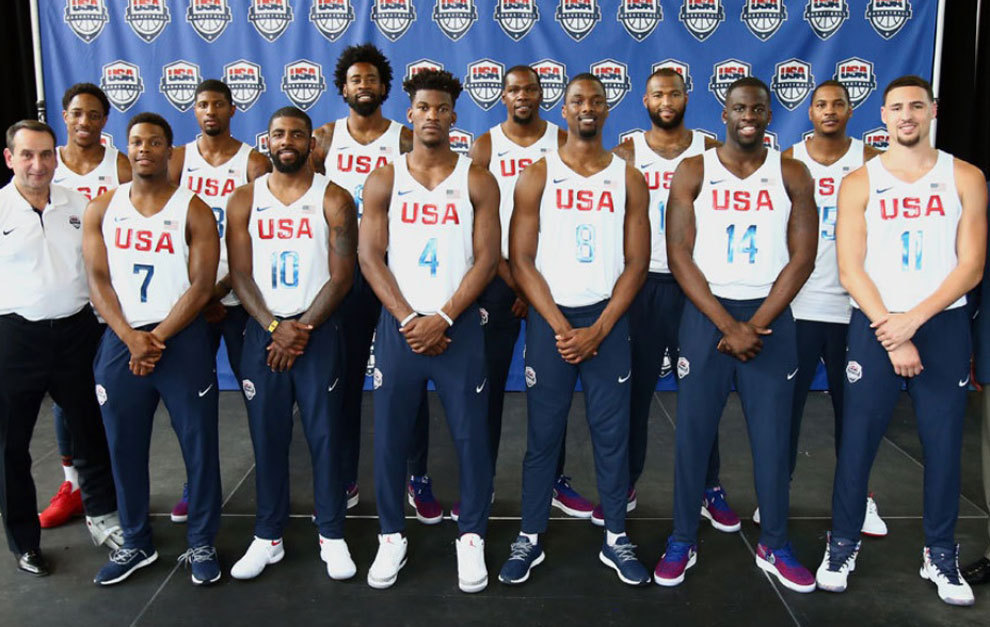 With false movements, he tries to stop the player with the ball and prevent him from making a pass to the opponent under the ring or in time for him in order to block the throw from afar. Not allowing the ball to be thrown from under the shield, the defender will fulfill his mission.
With false movements, he tries to stop the player with the ball and prevent him from making a pass to the opponent under the ring or in time for him in order to block the throw from afar. Not allowing the ball to be thrown from under the shield, the defender will fulfill his mission.
2x1 training on the spot and on the move develops reaction in defenders, teaches active arm movement, backward movement, composure and ability to intercept the ball.
5. Two defenders against three attackers - a common situation in any match, so the defenders, regardless of their position, being in the minority, must know their maneuver.
The front defender moves towards the dribbler to stop him at the top of the three-point offensive zone. He uses a feint, showing that making contact with this attacker is his main real task. At the same time, he should not get close to the opponent leading the ball. The back player of the defense takes a position on the free throw line, following the front one and, after the pass from the dribbler, moves towards the player who received the ball - he is responsible for passing this player to the backboard or throwing from close range.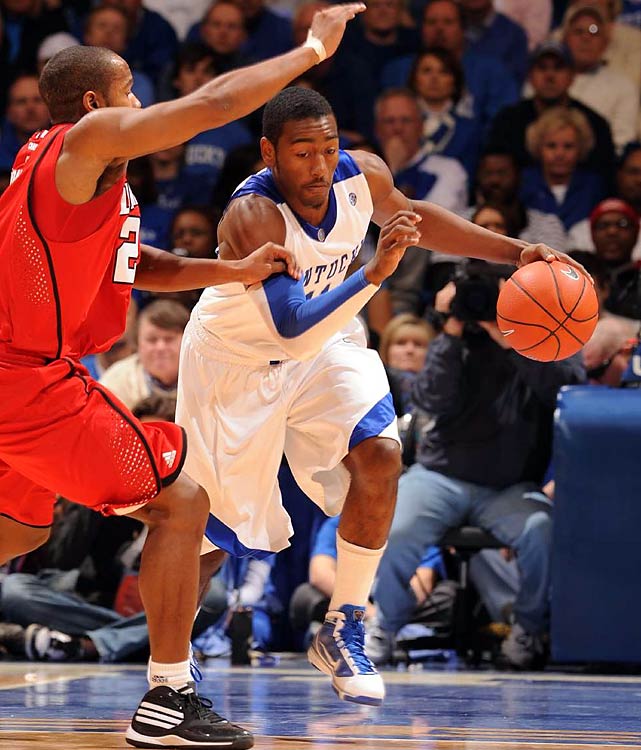 The front defender, meanwhile, quickly moves to the third attacker under the shield, managing to prevent him from getting the ball. The task of the two defenders is to prevent the ball from being thrown from under the shield. Exercises 3x2, 4x3, 5x4 are a good school for practicing such actions. You can train them by attacking with two balls.
The front defender, meanwhile, quickly moves to the third attacker under the shield, managing to prevent him from getting the ball. The task of the two defenders is to prevent the ball from being thrown from under the shield. Exercises 3x2, 4x3, 5x4 are a good school for practicing such actions. You can train them by attacking with two balls.
6. If three defenders are defending against four attackers, their actions are built as follows. If attacker XI has the ball, defender ?1 rushes towards him, defender ?2 is responsible for throwing and moving to attacker XZ's shield, defender ?3 moves to the shield. If attacker X2 receives the ball, defender ?1 tends to it. Defender ?3 is responsible for attacker X4, defender ?2 moves to the basket.
A 4x3 drill on the spot and on the move, with rebounding the ball after a throw, with one and two balls - a good rehearsal for a defense of three against four.
7. Today, not a single even very serious team imagines an attack without a combination of screens.
Coordination of actions of the team's defenders, warning about the impending screen determine the preparation of the team to fight the screens.
The guard guarding the screening player must warn his partner of the imminent threat. If the screen without the ball is made by attackers of the same height, there is no great danger of changing the defenders.
If the defenders want to avoid changing when screening from the side, the defender must turn towards the defender and step back, bypassing him from behind, which will not allow the attacker to pass to the backboard.
If the attacker screens from the blind side, from behind, the defender must open towards the defensive partner, turning sideways to him. This will make it difficult to set up a barrier.
8. If your partner puts a screen on the sniper when attacking from medium or long distances behind the defender and you did not have time to get out from under such a screen, a change is necessary: your partner switches to the sniper with his hand raised and prevents him from making a throw. You are left with a dangerous, taller opponent, and your task is to prevent him from getting the ball or picking up the ball after the throw.
You are left with a dangerous, taller opponent, and your task is to prevent him from getting the ball or picking up the ball after the throw.
It is difficult to do without the help of partners in this situation. In general, I am a supporter of the smallest shift with screens, because. this reduces individual responsibility and gives the attacker a chance to beat the defender.
9. If your player, while in possession of the ball, seeks to pass to a teammate who is close to him, you must step back and allow your defensive partner to slip, and then take an active position towards your attacker.
10. The defensive player should always try to get the dribbler to the touchline, into the corner of the court, stop him and turn his back to the backboard.
The second defender, seeing this situation, attacks the opponent with the ball from the other side. Both of them with active hand movements interfere with making an aimed pass. It is important that the rest of the defense players are ready, focused on intercepting the ball.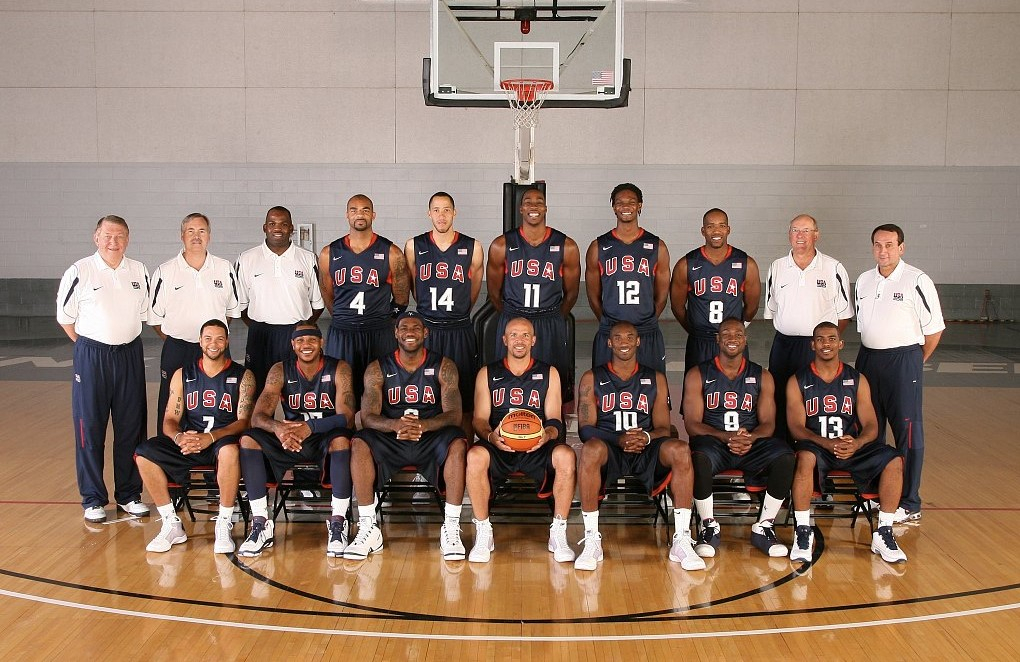
11. The USSR national team used the defense against the first pass in a fast break more than once against opponents who counterattack through a fast dribbler, sending him the first pass after picking up the ball from the backboard. So we often defended against the Spanish national team, where the ?1 dribbler was Carbolan or Salosobal.
Our team's tall center, who plays close to the backboard, whether it's Tkachenko, Sabonis or Belostenny, prevents the dribbler from making an accurate first pass. At the same time, our fast defender, for example, Homichujus, presses ?1 opponent and does not allow him to receive the ball. The other three of our players were to immediately return to their zone.
So often the counterattack of the Spanish national team failed, in which the Spaniards were especially dangerous and productive.
I must say that there are some significant differences between the game of our and American defenders. According to my conclusions, they are:
1. Americans on the defensive are always offensive, they are not afraid of a contact attack on the attacker in possession of the ball.
Americans on the defensive are always offensive, they are not afraid of a contact attack on the attacker in possession of the ball.
In a low stance with arms raised, the US defender seeks to hit the ball, prevent a pass from being made, not to mention a shot. If the attacker lifts the ball up, the defender immediately reacts to this: his hand rises up and seeks to interfere with any actions of the attacker. The attacker put the ball down - the defender immediately takes two quick steps back, preparing to prevent the opponent's pass without losing his defensive stance.
2. When active, the American defender never allows the attacker to pass with the ball through the center, into the middle, but constantly pushes him to the sideline. When an attacker is missed on the front line, teammates immediately come to the aid of the defender. Our tactic is, on the contrary, to close the baseline, where, as we believe, it is more difficult to provide team assistance. I think it's best to find a compromise here: train the safety net both in the middle of the three-second zone and when passing on the front.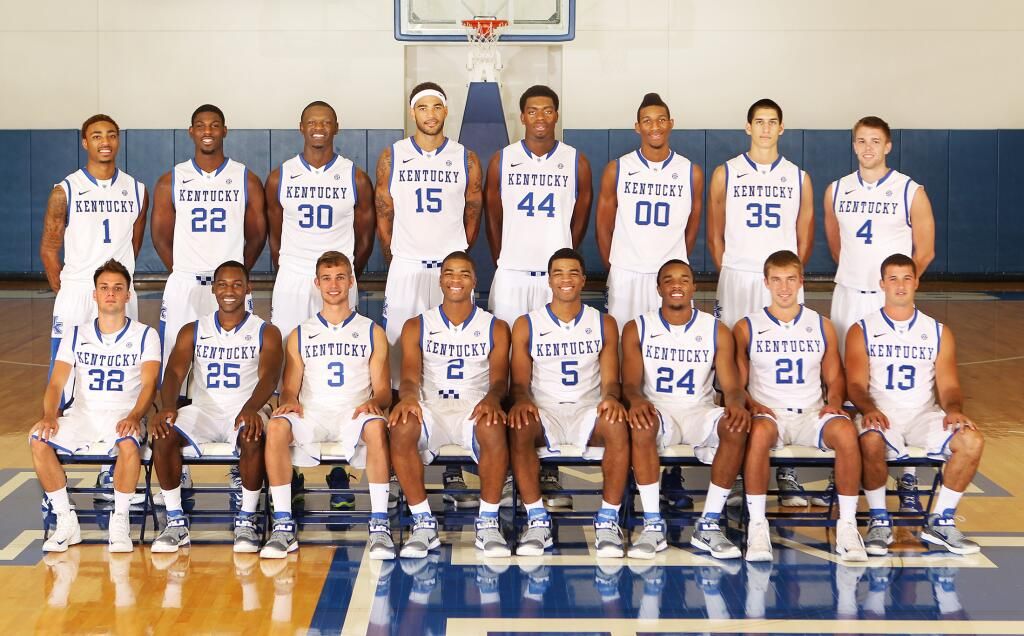 And in games, take into account the characteristics of attackers under guard, do not let them go in their favorite directions (left hand, favorite throw point, feints, etc.).
And in games, take into account the characteristics of attackers under guard, do not let them go in their favorite directions (left hand, favorite throw point, feints, etc.).
3. When screening, the American defender's first impulse is to pass behind his player. With a quick movement of the foot close to the screener, he tries to get ahead of the screening and stay with his ward, and if this fails, a change of attacking players follows. This does not reduce activity.
News
Main ⁄ News ⁄ News
25.10.2022
Youth
UNICS continues to fight for medals of the Youth League Championship
25.10.2022
Team news
Louis Labery is in the symbolic five!
23. 10.2022
10.2022
Team news
Stopping Lokomotiv in Game of the Week
23.10.2022
Team news
Happy birthday, Sergey!
21.10.2022
Team news
Preview. UNICS vs Lokomotiv Kuban
21.10.2022
Interview
Anthony Brown: "When a club like UNICS invites you, you can't say no"
20.10.2022
Team news
Drawing of tickets for the match UNICS - Lokomotiv-Kuban
10/18/2022
Youth
Kazan hosts the preliminary round of the XXII Russian Championship among juniors under 19
10/17/2022
Youth
Oliver Popovich headed UNICS-DUBL
10/16/2022
Team news
Don't mess with UNICS: the second "hundred" and "+55"!
10/16/2022
Youth
Krasnoyarsk Zaporozhets in the field is not a warrior against UNICS-2
10/15/2022
Youth
UNICS-2 won the first victory of the season
10/14/2022
Team news
Preview. UNICS vs Astana
UNICS vs Astana
10/13/2022
Team news
(Not) kill the dragon. Kazan Zilant is too tough for Nizhny
10/12/2022
Team news
Preview. Pari Nizhny Novgorod vs UNICS
10.10.2022
Team news
Jalen Reynolds is in the symbolic five!
10.10.2022
Team news
Happy birthday Anthony!
10.:no_upscale()/cdn.vox-cdn.com/photo_images/7804002/20120707_gav_sv5_038.jpg)